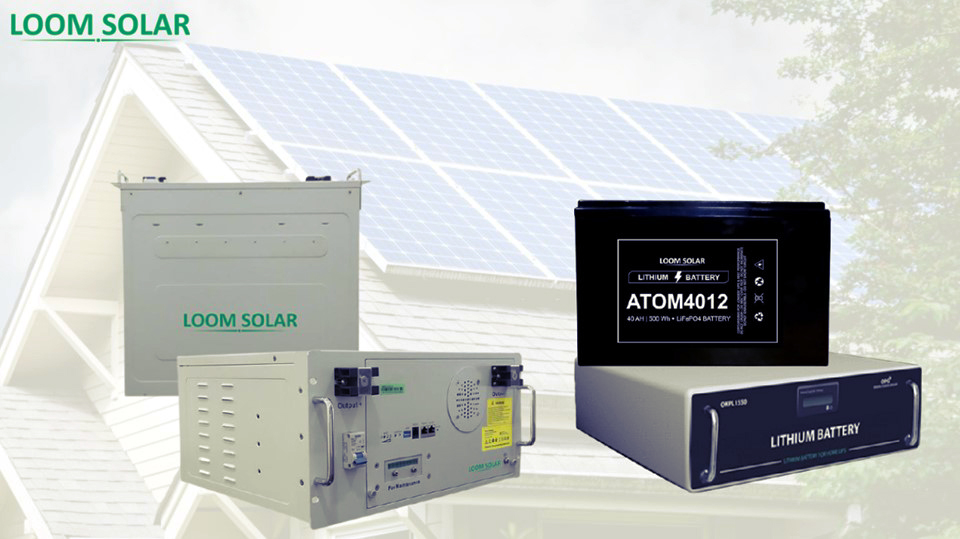This article helps with the choices you will have to make if you are buying a battery-powered solar system, whether you are moving out of the grid or adding energy storage to your grid-connected home.
Batteries are a hot topic not only in the media and political discussions, but especially in research. At present, two directions of development are dominant.
Current batteries for storing electricity are being developed mainly for the needs of electric cars. This means that they are designed for short-term storage in the order of hours or a few days. Energy self-sufficiency of the household will require the best battery for inverter with a much higher capacity, which will allow to bridge at least a few days and ideally several months, when there is not enough sun and it is necessary to reach for supplies from hot days.
The application in storing energy from natural sources, sun and wind, and even in cars, is expanding at a speed that exceeds all expectations. Without going too deep into the theory, in this section we will show the essential differences between lead and Li-ion batteries.
There are many reasons, but the most important thing is to explain why you should count on new batteries today, and not the traditional ones. Of course, by traditional we mean only those lead-acid batteries that are technologically prepared today for deep discharge in photovoltaic systems, by no means ordinary lead car batteries that simply cannot withstand deep discharge.
Lead or lithium?
In particular, we will look at a lead-acid battery in relation to lithium-ion batteries – the two main types of batteries used for solar energy. A lead-acid battery is a tried and tested technology that costs less, but requires regular maintenance and does not last long. Lithium is a state-of-the-art battery with longer life and greater efficiency, but you will pay more money to increase performance.
Li-ion
Currently, you will often find lead, Li-ion and LiFePO4 batteries on the market. The latter represent the latest type, which excels mainly in its long service life, which reaches more than 20 years at low load. In addition, they have a minimum degree of self-discharge. Their biggest weakness is lower conductivity, so you may encounter a problem when you need to draw a large amount of energy from batteries at once. At the same time, this shortens their service life.
Lead-acid
Lead-acid batteries are a classic that is the most affordable and, unlike the above-mentioned type, has no problem with higher consumption. However, it is necessary to take into account significantly larger dimensions. It has also long been the case that lead has a shorter lifespan than more modern Li-ion. This is no longer the case today – they will serve you for about the same length of time. Depending on how you handle them, it can be 5 or 15 years. However, Li-ion batteries are still more attractive due to their more compact size.
Fortunately, you don’t have to worry about the choice of the best battery for inverter. As in deciding on the type of solar panel setup, it is best to choose a reliable and experienced company like Loom Solar that will advise you exactly according to your needs, demands and possibilities. Tomorrow is the time of solar panels and with the right guidance from Loom Solar, you can save more on electricity bills.

Leave a Reply